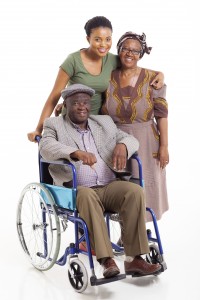Ways to increase trust, reduce hospital transfers
Here’s my latest article on McKnight’s Long-Term Care News:
Ways to increase trust, reduce hospital transfers
In McKnight’s Long-Term Care News this month, there was a report on a study examining factors that contribute to transfers of frail residents from skilled nursing facilities to emergency departments.
Using focus groups of residents and family caregivers, researchers found four main contributors to the transfers: “(1) doubts about the quality of skilled care facility nurses’ assessments; (2) perceptions that physicians were absent from the nursing home; (3) misunderstanding the relative capabilities of skilled care settings and emergency departments; and (4) beliefs that responses to medical needs were inadequate.” In addition, the lead author found that some of the transfers were due to a lack of acceptance on the part of family members that their relative was near the end of life.
The study authors stated that telehealth could address some of these factors. While that may be the case, my experience suggests that there are additional ways in which facilities can address family concerns and reduce potential hospital transfers. These center on educating residents and families, and on setting reasonable expectations.
One of the most frequent discussions I have with residents and families is regarding their impression that they “never see the doctor.” As I point out in my book, “The Savvy Resident’s Guide,” the nurses notify the doctor if there are any problems. I tell residents that because the doctor visits mainly when something is wrong: “If you’re not seeing the doctor, it’s a good thing.” This shift in perception can make a huge impact, whether it’s conducted via a one-to-one conversation, a book or some other communication method.
One of the contributors to mistrust is that the families of short-term residents tend to be in crisis and to have dealt with a multitude of healthcare providers prior to admission. They are often being pulled in many directions and don’t know whom to rely upon for good care of their relative.
In a previous column, “7 powerful ways to deliver family-centered care,” I noted that if we considered that we’re admitting families rather than residents, we’d put additional focus on family members. People turning to healthcare professionals in the middle of a personal catastrophe will be more likely to trust those who recognize their moment of crisis and treat them accordingly. Sometimes even small things like being offered a cup of tea while filling out paperwork can create a feeling of safekeeping for them and their loved one. See the above-mentioned article for ideas on family-centered care.
For the entire article, visit:
Ways to increase trust, reduce hospital transfers


